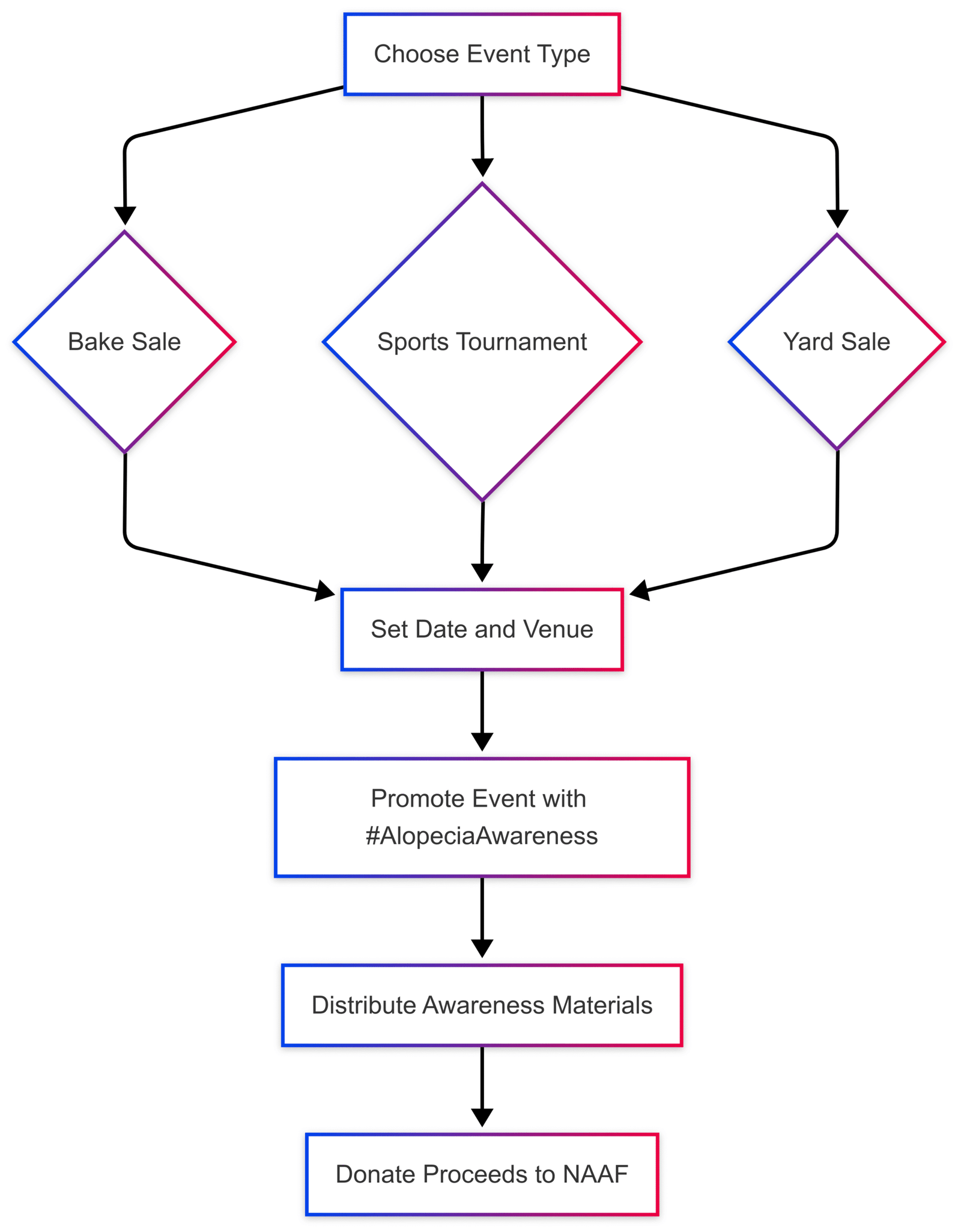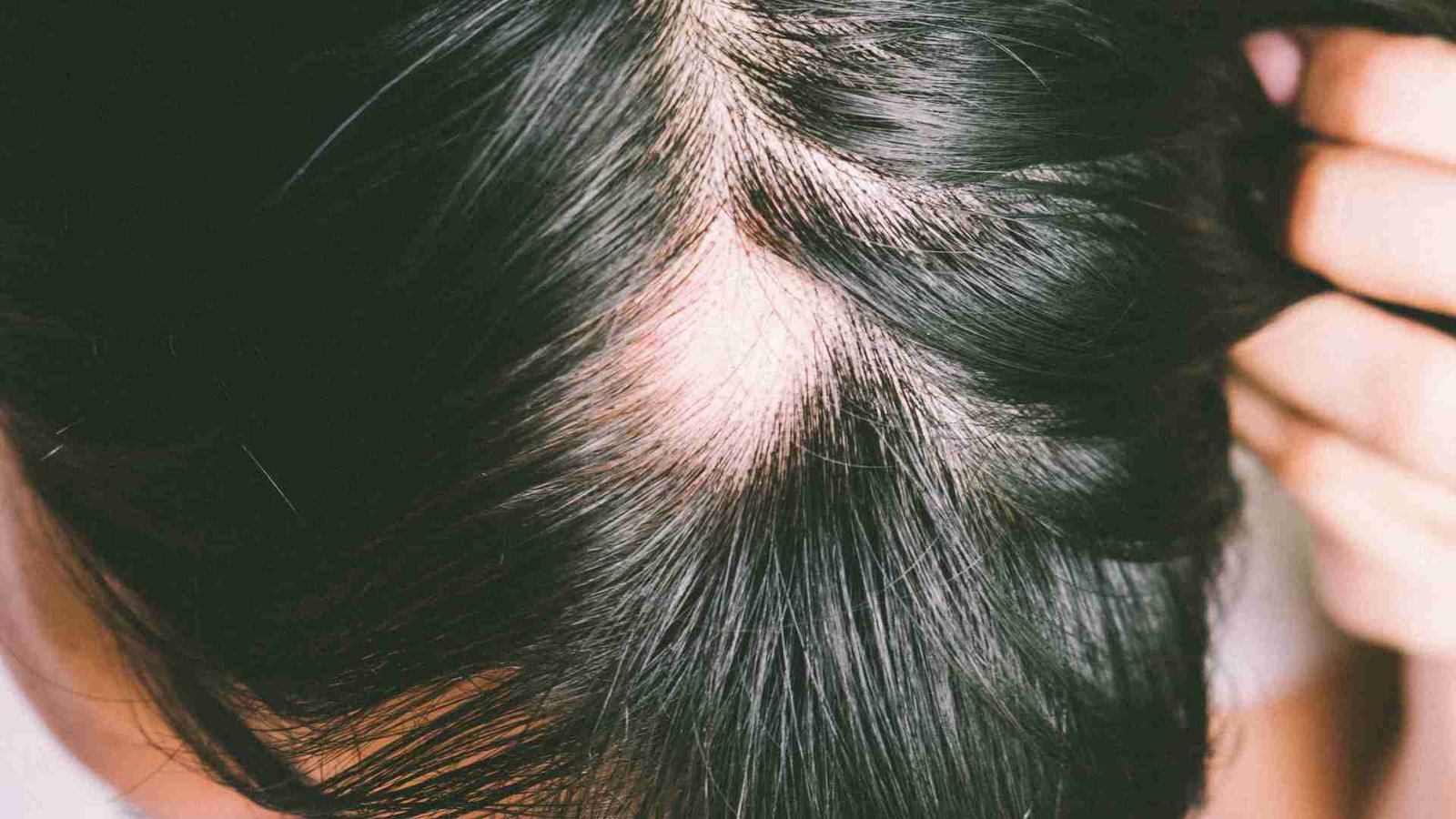Discover Alopecia Areata Awareness Month in September. Learn about the condition, its impact, and 10 meaningful ways to participate and support those affected.
Every September, Alopecia Areata Awareness Month shines a spotlight on an autoimmune condition that affects millions, causing unpredictable hair loss that can range from small patches to complete baldness. This month-long initiative, driven by organizations like the National Alopecia Areata Foundation (NAAF), aims to educate the public, empower those affected, and fund research for better treatments. With an estimated 6.8 million people in the United States living with alopecia areata, this condition touches lives across all ages, genders, and backgrounds. This article explores the intricacies of alopecia areata, its emotional and social impacts, and actionable ways to engage in awareness efforts.
What is Alopecia Areata?
Alopecia areata is an autoimmune disorder where the immune system mistakenly attacks hair follicles, leading to hair loss. Unlike other forms of hair loss, such as androgenetic alopecia (male or female pattern baldness), alopecia areata is not primarily driven by hormones or genetics alone but by a complex interplay of factors. It can manifest as:
- Patchy Alopecia Areata: Small, round patches of hair loss on the scalp or body.
- Alopecia Totalis: Complete loss of scalp hair.
- Alopecia Universalis: Loss of all body hair, including eyebrows and eyelashes.
- Ophiasis Alopecia: Hair loss in a band-like pattern along the scalp’s edges.
The condition affects approximately 2% of the global population, with many cases beginning in childhood or adolescence. While hair follicles remain alive, even during active hair loss, regrowth is unpredictable and often temporary. The psychological toll can be significant, with studies showing increased rates of anxiety, depression, and reduced self-esteem among those affected.
Causes and Risk Factors
The exact cause of alopecia areata remains unclear, but research points to a combination of genetic, environmental, and immune-related factors. Key contributors include:
- Genetics: A family history of alopecia areata or other autoimmune diseases increases risk.
- Immune System Dysregulation: The immune system targets hair follicles, halting hair growth.
- Stress: Emotional or physical stress may trigger or exacerbate episodes.
- Environmental Triggers: Infections or other external factors may play a role in some cases.
| Factor | Description |
|---|---|
| Genetics | Family history of alopecia or autoimmune diseases like rheumatoid arthritis. |
| Immune Dysregulation | Immune system attacks hair follicles, mistaking them as foreign invaders. |
| Stress | Psychological or physical stress can trigger or worsen hair loss episodes. |
| Environmental Triggers | Infections, trauma, or other external factors may initiate an autoimmune response. |
The Impact of Alopecia Areata
While alopecia areata does not cause physical harm beyond hair loss, its emotional and social consequences are profound. Over 85% of men, 55% of women, and up to 38% of adolescents experience some form of hair loss in their lifetime, but the visibility of alopecia areata’s patchy or total hair loss can amplify its psychological impact. Studies indicate that individuals with alopecia areata face:
- Mental Health Challenges: Increased rates of anxiety, depression, and stress.
- Social Stigma: Bullying, teasing, or social rejection due to visible hair loss.
- Reduced Quality of Life: Lower self-confidence and challenges in personal and professional settings.
Normalizing baldness and fostering acceptance are critical steps toward improving the quality of life for those affected. Alopecia Areata Awareness Month plays a vital role in challenging stereotypes and building a supportive community.
Treatment Options and Advances
There is no cure for alopecia areata, but treatments can manage symptoms and promote hair regrowth in some cases. Treatment efficacy varies based on the severity and individual response. Common options include:
- Corticosteroids: Topical, injectable, or oral steroids to reduce inflammation and suppress immune activity. Cost: $50–$200 per treatment cycle (depending on delivery method and insurance).
- Minoxidil: A topical solution that stimulates hair regrowth. Cost: $20–$60 for a 3-month supply.
- JAK Inhibitors: Newer treatments like ritlecitinib (approved in some regions) target immune pathways. Cost: Varies, often $1,000+ per month without insurance.
- Immunotherapy: Chemicals applied to the scalp to provoke an allergic reaction and stimulate hair growth. Cost: $100–$500 per session.
- Wigs and Hairpieces: Cosmetic solutions for aesthetic and emotional support. Cost: $100–$2,000 depending on quality and customization.
Recent advancements, such as the approval of JAK inhibitors, offer hope for those with severe cases. For example, ritlecitinib has shown promise in clinical trials for alopecia areata, with some patients experiencing significant regrowth. However, access to these treatments can be limited by cost and insurance coverage, prompting advocacy for broader healthcare support.
Treatment Comparison Table
| Treatment | Mechanism | Cost (Approx.) | Effectiveness |
|---|---|---|---|
| Corticosteroids | Reduces inflammation | $50–$200/cycle | Moderate, varies by severity |
| Minoxidil | Stimulates hair follicles | $20–$60/3 months | Mild to moderate, best for early cases |
| JAK Inhibitors | Targets immune pathways | $1,000+/month | High for severe cases, newer therapy |
| Immunotherapy | Stimulates follicles via reaction | $100–$500/session | Moderate, used for resistant cases |
| Wigs/Hairpieces | Cosmetic solution | $100–$2,000 | N/A, improves confidence |
Alopecia Areata Awareness Month: History and Purpose
Initiated in 1986 as National Alopecia Awareness Week by President Ronald Reagan, the observance has grown into a month-long campaign led by the NAAF. September serves as a time to:
- Educate the public about alopecia areata’s causes, impacts, and treatments.
- Empower individuals to embrace their condition or seek support.
- Fund research for better treatments and, ultimately, a cure.
The NAAF organizes events, fundraisers, and conferences to foster community and drive progress. Awareness efforts focus on reducing stigma, promoting inclusivity, and ensuring access to care.
10 Meaningful Ways to Participate in Alopecia Areata Awareness Month
Engaging in Alopecia Areata Awareness Month is an opportunity to make a difference, whether you’re personally affected, supporting a loved one, or advocating for the cause. Here are 10 impactful ways to get involved:
1. Educate Yourself and Others
Take time to learn about alopecia areata through reputable sources like the NAAF, Alopecia UK, or medical websites such as the NHS. Share insights on social media using #AlopeciaAreataAwarenessMonth to spark conversations. Knowledge fosters empathy and reduces misinformation.
Resource List:
- National Alopecia Areata Foundation (naaf.org)
- Alopecia UK (alopecia.org.uk)
- ClinicalTrials.gov for research opportunities
- Wimpole Clinic Knowledge Hub (wimpoleclinic.com)
2. Participate in or Organize Events
Join NAAF-sponsored walkathons, virtual meetups, or local events. If none are available, organize a fundraiser like a bake sale, yard sale, or sports tournament. Donate proceeds to alopecia research or support programs.
Chart: Event Planning Workflow

3. Wear Blue
Blue is the official color of alopecia awareness. Wearing blue clothing or a blue ribbon signals support and invites questions, opening doors to educate others. Look for landmarks lit blue in your community to amplify the message.
4. Share Your Story
If you live with alopecia, sharing your experience—through social media, blogs, or conversations—can inspire others. Accounts like @baldbossmovement or @thosebaldchicks offer platforms to connect. If sharing feels daunting, join a support group for a safe space to exchange stories.
5. Advocate for Treatment Access
Contact elected officials to push for insurance coverage of treatments like JAK inhibitors or wigs. In the U.S., Medicaid and Medicare often exclude wigs, despite their role in mental health. Advocacy can drive policy changes for equitable care.
6. Join Support Groups
Support groups, whether in-person or online (e.g., Smart Patient Alopecia Community), provide emotional support and practical advice. They help individuals feel less isolated and offer insights into managing alopecia.
7. Donate to Research
Contribute to the NAAF’s scholarship fund or research initiatives. Even small donations pool together to support clinical trials and conferences, enabling more people to access resources and community.
8. Volunteer Your Skills
Offer time or expertise to alopecia organizations. Tasks may include event planning, social media management, or distributing educational materials. Volunteering builds community and directly impacts awareness efforts.
9. Combat Bullying
Challenge stereotypes and call out insensitive comments or jokes about hair loss. Creating a safe, inclusive environment helps reduce the social stigma faced by those with alopecia.
10. Stay Informed Year-Round
Subscribe to newsletters from NAAF or Alopecia UK, follow social media pages, or set up alerts for treatment advancements. Staying engaged ensures you can advocate effectively and access resources when needed.
Living with Alopecia Areata: Practical Tips
For those experiencing alopecia, managing the condition involves both medical and emotional strategies:
- Consult a Trichologist: Specialists can diagnose and recommend tailored treatments. Clinics like Wimpole Clinic offer advanced therapies with high success rates.
- Explore Cosmetic Solutions: Wigs, scalp micropigmentation, or creative styling (e.g., shaving remaining hair) can boost confidence.
- Seek Emotional Support: Therapy or support groups can address the psychological impact of hair loss.
- Consider Hair Donation: Donate hair to organizations creating wigs for medical hair loss, ensuring reputable recipients.
The Broader Context: Hair Loss Awareness
While Alopecia Areata Awareness Month focuses on this specific condition, it aligns with broader hair loss awareness efforts, such as National Hair Loss Awareness Month in August. Other forms of hair loss, like androgenetic alopecia or telogen effluvium, also affect millions, with similar emotional and social challenges. Raising awareness about all forms of hair loss fosters a more inclusive dialogue.
Types of Hair Loss Comparison
| Type | Cause | Characteristics | Treatment Options |
|---|---|---|---|
| Alopecia Areata | Autoimmune | Patchy or total hair loss | Corticosteroids, JAK inhibitors, wigs |
| Androgenetic Alopecia | Hormonal/Genetic | Gradual thinning, receding hairline | Minoxidil, Finasteride, hair transplants |
| Telogen Effluvium | Stress, illness, or medication | Temporary, diffuse shedding | Address underlying cause, Minoxidil |
| Traction Alopecia | Physical stress on hair | Hair loss due to tight hairstyles | Change styling practices, Minoxidil |
The Path Forward
Alopecia Areata Awareness Month is more than a campaign—it’s a movement to empower, educate, and advocate. By participating, you contribute to a world where those with alopecia feel seen, supported, and included. Whether through learning, sharing, or fundraising, every action counts. Together, we can reduce stigma, fund research, and improve access to care for the 6.8 million Americans and countless others worldwide living with alopecia areata.
If you or a loved one are navigating alopecia, consider consulting a specialist or joining a support group. For those looking to make a difference, September offers endless opportunities to engage. Wear blue, share a story, or organize an event—your efforts can transform lives.
Please share this ALOPECIA AREATA AWARENESS MONTH | September with your friends and do a comment below about your feedback.
We will meet you on next article.
Until you can read, Laser, Comb, Hair – Product Classification – FDA
